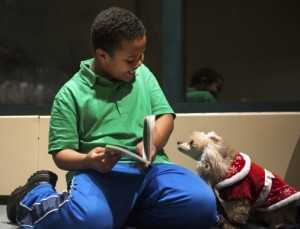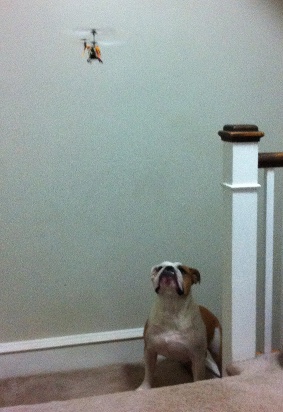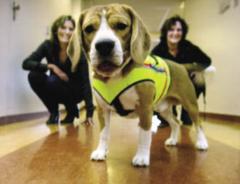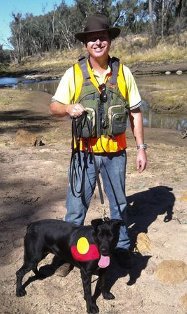 Do you have a dog who tends to exhibit aggressive behavior toward strangers? Is he a South Paw? Believe it or not, those traits are related.
Do you have a dog who tends to exhibit aggressive behavior toward strangers? Is he a South Paw? Believe it or not, those traits are related.
According to a new study from the University of Adelaide, left-handed dogs are more likely to display aggression than right-handed or ambidextrous ones.
Dr. Luke Schneider, one of the study’s authors, told the Telegraph, “We found that dogs with a preference for left paws were reported by their owners to show high levels of aggression towards strangers. The left-pawed dogs scored almost twice as high as ambilateral [ones with no preference] and also higher than dogs with right paws.”
We’ve long known that left-handed men tend to be more aggressive. In 2004, a team of researchers found a correlation between the frequency of left-handedness and homicide rates in traditional societies. Murder rates rose along with the frequency of left-handedness.
It appears this correlation also applies to dogs.
It’s not so strange once you discover how feelings map in our grey matter. Positive and negative emotions are displayed in the left and right hemispheres of our brains. The left hand (or paw) is controlled by the right hemisphere which is associated with negative emotions.
Left-handedness is far more prevalent in dogs than humans. Seventy-five dogs were used in the study and about 1/3 were determined to be south paws. None of the dogs in the test group were characterized as aggressive animals. Lefties were simply more pushy than righties.






